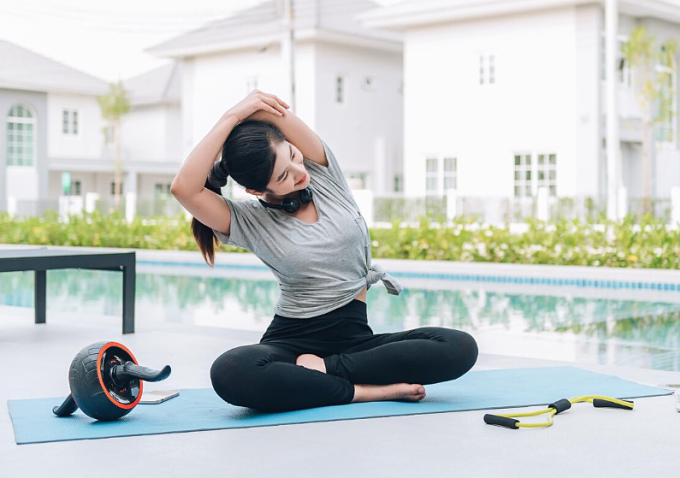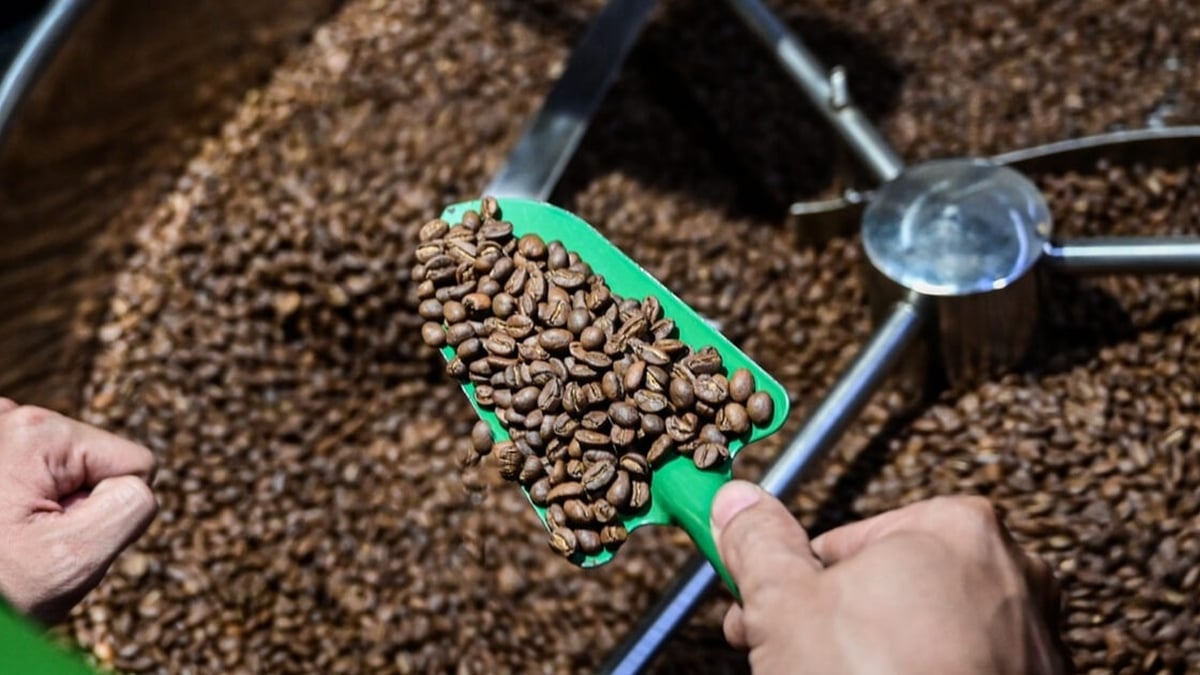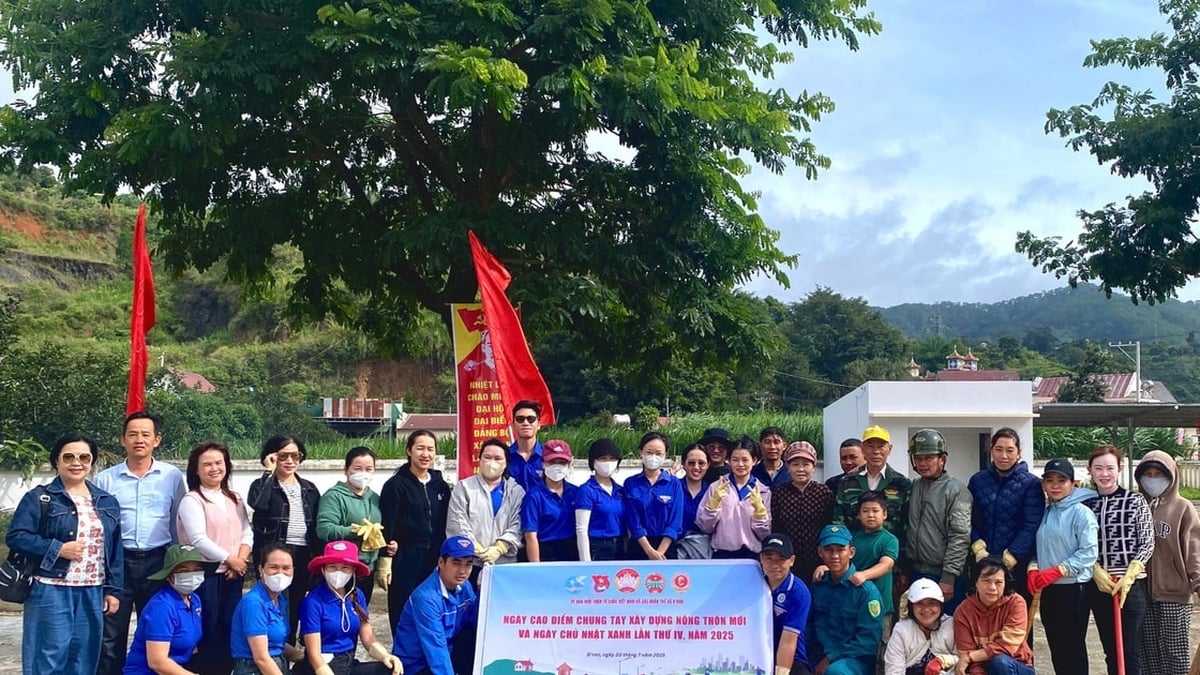Eating plenty of fatty fish provides omega-3 fats that reduce lung inflammation, and doing breathing exercises helps increase the function and capacity of this organ.
Chemicals, pollutants and germs can damage the lungs, leading to chronic obstructive pulmonary disease (COPD), respiratory infections, lung cancer... Certain eating and exercise habits contribute to increased lung function and better disease prevention.
Change your diet
Eat more vegetables and fruits: People with lung disease should increase their intake of vegetables and fruits rich in antioxidants. They have the effect of protecting the lungs, reducing the risk of asthma, lung cancer, COPD. Nutritious types such as blueberries, raspberries, apples, plums, oranges, tangerines, green leafy vegetables, bell peppers.
Limit red meat: Choose healthy meats like skinless poultry are a good source of vitamin A. Vitamin A can help the body kill harmful microorganisms from the lining of the lungs. Red meat, on the other hand, increases inflammation.
Eat fatty fish: Salmon, mackerel, herring, and sardines are rich in omega-3 fatty acids, which have anti-inflammatory properties and help promote lung health.
Eat more beans: Black beans, kidney beans, lentils are rich in protein, vitamins and minerals needed to maintain lung function.
Limit processed and packaged foods: Additives and preservatives in packaged foods are not beneficial and increase lung sensitivity. Prioritize choosing fresh, unprocessed foods to avoid nutrient loss.
Drink enough water
Drinking enough water every day helps to detoxify the body, moisten respiratory tissues, and prevent mucus from accumulating in the airways. The recommended amount of water for adults is 1.8 liters per day and may vary depending on physical activity level, weather, and physical condition. Dark yellow urine indicates dehydration and needs to be replenished.
People with lung disease can eat fruits and vegetables with high water content such as watermelon, tomatoes, and cucumbers.
Exercise regularly
Exercise increases blood flow to the lungs, allowing more oxygen to be delivered to the blood. During exercise, the lungs bring oxygen into the body to provide energy, while removing carbon dioxide (CO2), a waste product. The heart pumps oxygen to the muscles that are performing the exercise.
Recommended exercises include walking, jumping rope, swimming, and cycling. To stay healthy, people with lung problems should do moderate exercise for 30 minutes, 5 days a week. People with lung problems should start with a gentle intensity, gradually increasing the level as they feel comfortable.

Exercise helps increase blood flow to the lungs. Photo: Freepik
Quit smoking
Cigarette smoke contains many chemicals that are harmful to the respiratory system. The nicotine in cigarettes paralyzes the cilia, allowing harmful substances to accumulate, leading to lung congestion and persistent cough.
The chemicals in cigarettes can also change the cell structure of the lungs, narrow the airways and reduce lung capacity. Smoking can also damage the lungs, leading to diseases such as lung cancer, asthma, emphysema, and chronic bronchitis.
Practice breathing exercises
Breathing exercises such as pursed lip breathing and diaphragmatic breathing help increase the body's oxygen supply and aid in the release of carbon dioxide.
Pursed lip breathing increases lung capacity and reduces shortness of breath. Begin the exercise by inhaling through your nose for two to three seconds. Next, purse your lips and exhale slowly through pursed lips for four to nine seconds. Repeat four to six times.
Diaphragmatic breathing is breathing through your belly instead of your chest. The diaphragm (the muscle between your rib cage and your abdomen) is your main breathing muscle. Diaphragmatic breathing helps your lungs get more oxygen. Start the exercise by relaxing your shoulders, back, and neck. Place one hand on your belly and one hand on your back. Then take a deep breath until your belly expands and exhale. The correct way to breathe is to have your belly expand when you inhale and fall when you exhale, but your chest and shoulders do not move.
Bao Bao (According to Wkikihow )
| Readers ask questions about respiratory diseases here for doctors to answer |
Source link

























![[Photo] National Assembly Chairman Tran Thanh Man visits Vietnamese Heroic Mother Ta Thi Tran](https://vphoto.vietnam.vn/thumb/1200x675/vietnam/resource/IMAGE/2025/7/20/765c0bd057dd44ad83ab89fe0255b783)








































































Comment (0)